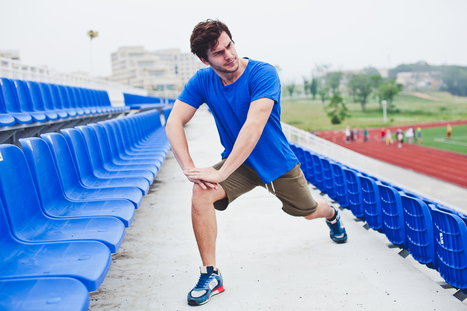Approximately 80 percent of the population has or will experienced acute or chronic symptoms of back pain at least once throughout their lifetimes, according to several research studies. While a great majority of these issues are only temporary and they do resolve on their own, the injuries and/or conditions behind the individual's back pain can accumulate tremendous financial burdens from the medical system over time, amounting to a great increase in medical expenses, including lost employee hours and a loss of productivity from the workforce if the affected individual has to take time off to recover from their specific type of back pain.
Among the many types of complications, most described as extension related low back pain, some of the most common include: spinal disc herniation and bulges; degeneration of the spine; annular tears; ligament sprains; muscle strains, particularly in the quadratus lumborum; osteoarthritis; rheumatoid and ankylosing spondylitis; facet joint sprains; and stress fractures, pars defects and spondylolisthesis.
However, bone injuries causing extension related low back pain can be a series of progressive disorders or pathologies along the lumbar spine, caused by the excessive amount of uncontrolled lumbar spine extensions among many athletes. These could basically occur due to a postural, gradual onset of repetitive trauma, most frequently associated with sports, for instance, gymnastics.
Two specific demographic groups experience the most extension related low back pain among the general population: the first group includes individuals who stand for prolonged periods of time, such as retailers, military, security guards, etc. Standing for extended periods of time normally forces the pelvis to begin shifting into an anterior tilt angle, placing compressive forces against the facet joints of the lumbar spine as these will also begin to shift towards a position of extension following the pelvic tilt; and the second group includes athletes who participate in extension sports, such as gymnastics, tennis, swimming, diving, football, volleyball, basketball, track and field, and cricket fast bowlers, and experience sports injuries. This may be more distinct in sports which include extension/rotation.



 Your new post is loading...
Your new post is loading...








An athlete's performance can be greatly affected if they present lumbar spine complications, among others, primarily caused by joint extension injuries, which can result in limited strength as well as restricted flexibility and mobility. Many athletes frequently look for the best treatment option that can return them to their original state of well being as soon as possible, however, chiropractic care can be utilized to prevent injuries and the development of painful conditions. For more information, please feel free to ask Dr. Jimenez or contact us at (915) 850-0900.